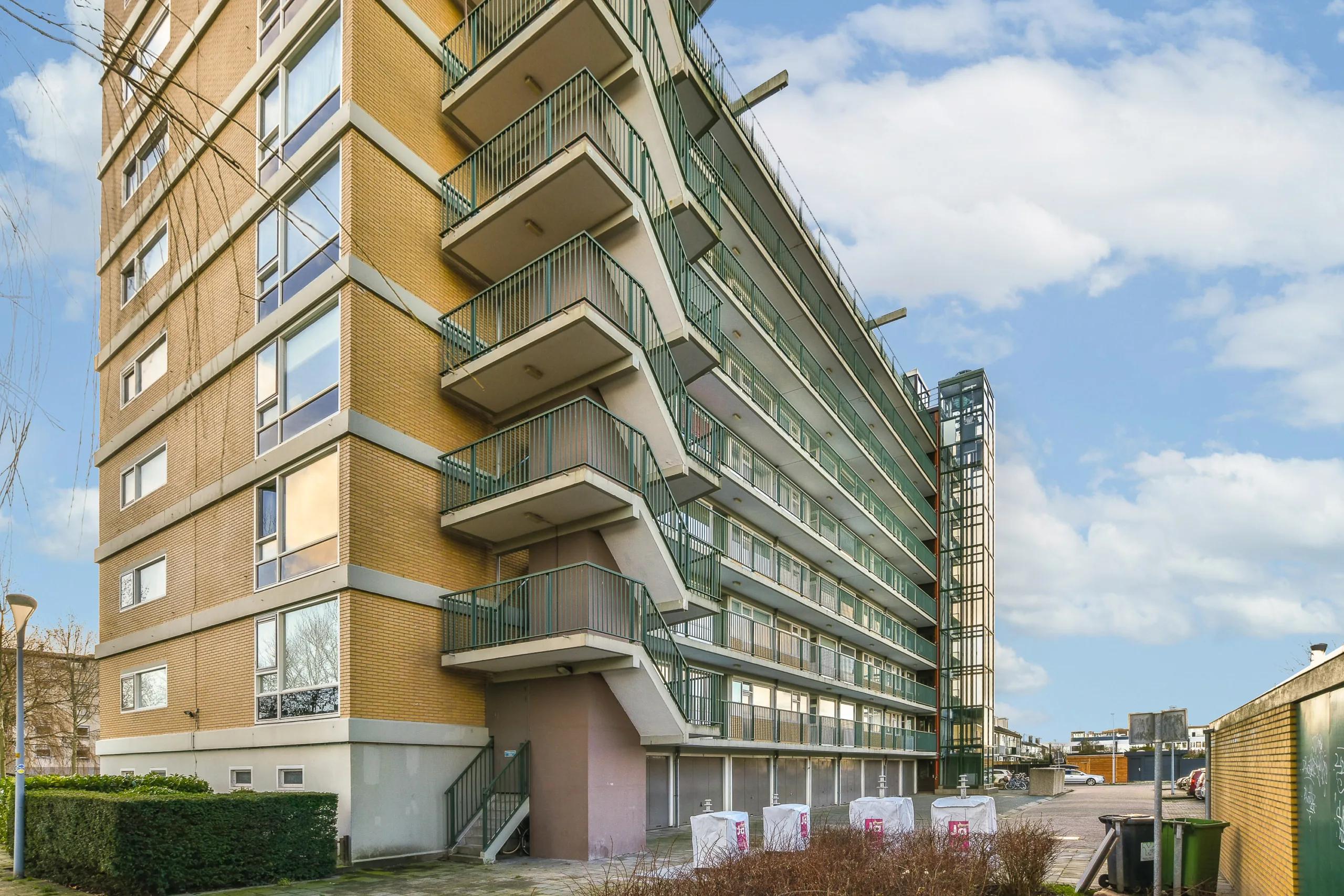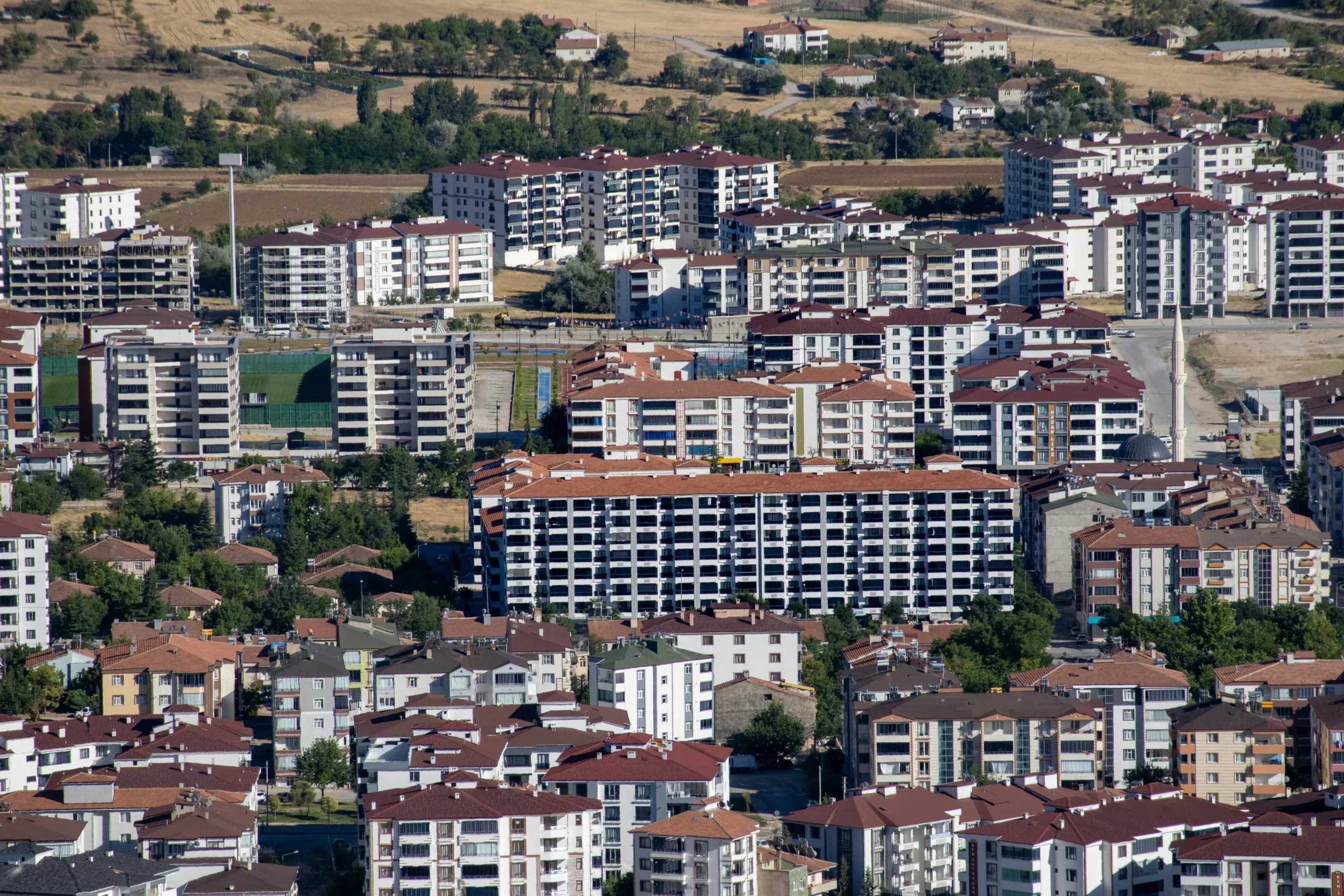- US office sales volume jumped 42% in H1 2025 to $25.9B, with JLL reporting 110% growth in its own transaction volume — the highest of any major property type.
- Investor appetite is shifting from “office curious” to “office serious”, fueled by falling interest rates, rising bid activity, and larger deal sizes.
- Top-tier buildings remain in high demand, but JLL expects second-tier assets to gain traction as quality space becomes scarce and rents normalize.
- A limited development pipeline and stabilizing corporate space needs could drive leasing and valuation growth through 2026 and beyond.
Capital Flows Back Into Office
A sharp rebound in US office investment activity is underway, reports CNBC. JLL reports a 42% year-over-year increase in office transaction volume in the first half of 2025. Total volume reached $25.9B during the period. JLL’s own deal activity was up 110% from the same period last year, doubling the pace of other asset classes like data centers.
This resurgence marks a turning point in investor sentiment, as the narrative shifts from hesitancy to conviction. JLL describes the change as a move from “office curious” to “office serious,” supported by lower interest rates and renewed institutional interest.
Get Smarter about what matters in CRE
Stay ahead of trends in commercial real estate with CRE Daily – the free newsletter delivering everything you need to start your day in just 5-minutes
Bigger Deals, More Bidders
The market saw a 50% increase in the number of bids per transaction, with Q2 alone generating $16B in office bid volume — the highest since mid-2022. Demand for $100M+ assets surged 130% year-over-year, a sign that larger institutional investors are returning to the space.
According to JLL’s Mike McDonald, private capital is leading the charge, with REITs and institutional investors following suit — a typical pattern during recoveries.
Flight To Quality — But Not For Long
Class A buildings continue to capture the majority of investor interest. However, JLL expects second-tier buildings to see greater absorption in the coming years. These properties could also experience stronger rent growth. This shift is likely as supply of Class A office space becomes increasingly constrained.
That constraint is rooted in a steep drop in new construction: only 6M SF of office space is expected to deliver in 2026, a 90% decline from post-GFC annual averages. As such, existing inventory is becoming more valuable, especially well-located or conversion-ready properties.
Bargain Buys At The Bottom
At the other end of the spectrum, deeply distressed assets — what McDonald calls “dark matter” — are drawing attention from opportunistic investors. These are often large, under-occupied towers located in secondary markets. They are trading at steep discounts — for example, $50 PSF compared to $300 five years ago. This pricing creates potential upside through low-basis repositioning.
Stabilizing Corporate Demand
Corporate downsizing has slowed significantly. In 2022, companies were shedding up to 20% of office space during relocations; that figure is now just 3%, suggesting that space requirements are stabilizing.
This, along with rising REIT stock prices and better access to debt, is helping lay the groundwork for a sustained recovery. However, broader economic softness still poses a risk.
What’s Next
As capital deployment accelerates and construction remains muted, leasing activity and valuations are expected to rise over the next several years. JLL predicts that institutional capital will take the lead in 2026, continuing to reshape the office landscape post-pandemic.
Despite ongoing economic and geopolitical uncertainty, the market is clearly signaling one thing: the office sector is no longer on pause — it’s back in play.


















